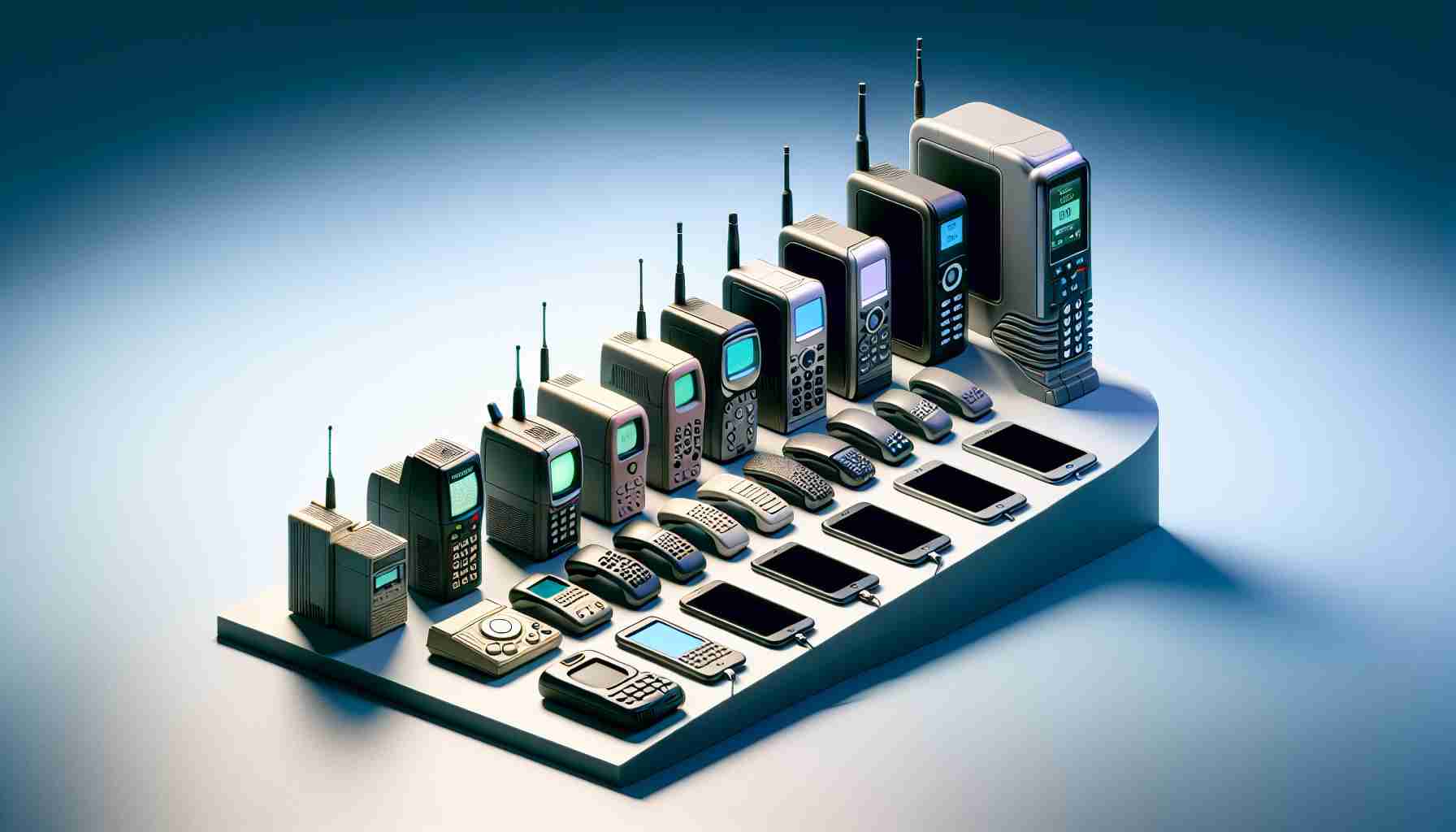Classic Nokia Phones Persist; HMD Shifts to Self-Branded Smart Phones
Classic Nokia handsets remain a familiar presence in the mobile market, yet Nokia-branded smartphones appear to be retiring from the scene. HMD Global, the current rights holder for the manufacture of Nokia devices, has chosen to market their new line of smart devices under their own name, diverging from the Nokia branding.
While Nokia button phones will still be available for purchase, the new HMD smartphones will not be officially sold in certain markets like the Czech Republic. However, selected retailers may still offer these models, allowing interested users to test and obtain HMD smart devices without much hassle.
These smartphones have the distinct advantage that owners can repair them independently. HMD has partnered with iFixit to offer repair kits complete with detailed manuals for DIY fixes ranging from screen replacements to battery changes—following a trend also seen with tech giants like Apple and Samsung, albeit in limited markets.
The HMD lineup features various models, including the premium Pulse Pro. Despite labeling their phones with customary suffixes like “+” and “Pro,” even the top-tier Pro model rides on a modest Unisoc T606 processor, lacking 5G capability. It runs on the latest Android version 14, promising two major system updates and three years of security patches. With options of 6 or 8 GB of RAM and sizable internal storage, these phones cater to budget-conscious consumers.
In terms of cost and availability, the Pro model retails for about 179 euros in Germany, with the base model at 139 euros and the mid-tier Pulse+ at 159 euros. Prices tend to be slightly higher in the Czech Republic.
The Pro model boasts a 6.56-inch HD+ IPS display, a 50-megapixel primary camera complemented by a depth sensor, and gesture-responsive selfie capabilities. It features secure fingerprint recognition on the side and retains the increasingly rare 3.5mm audio jack. A 5,000 mAh battery assures enduring performance, supporting a replaceable design and 20W charging—though the charger is sold separately.
The Pulse+ shares the same screen and primary camera as the Pro but has a modest 8-megapixel front camera. It also lacks 5G support, has slightly less RAM, and slower charging capabilities, yet promises similar battery life.
The standard Pulse model, positioned as the entry level of the new brand, compromises on memory and camera resolution but maintains the core display and design features of its siblings.
Key Questions and Answers
– Why is HMD Global moving away from the Nokia branding for their new smartphones?
HMD Global may be moving away from Nokia branding to establish its own identity in the competitive smartphone market or due to licensing agreements and strategic direction.
– Will classic Nokia button phones continue to be available?
Yes, classic Nokia button phones will continue to be available for purchase despite the shift in branding for smartphones.
– What are the main features of HMD’s new smartphone lineup?
The main features include repairability with iFixit partnership, Android 14 operating system, RAM options of 6 or 8 GB, large battery life with replaceable design, and maintaining features like the 3.5mm audio jack.
– What challenges does HMD face with their new smartphone lineup?
Challenges include establishing brand recognition without the Nokia name, competing with established smartphone brands, and convincing consumers to choose their devices over others with potentially better specifications or brand loyalty.
Key Challenges or Controversies
– Brand Recognition: HMD may face difficulty gaining traction without the historically significant Nokia brand name, which is recognized worldwide.
– Processor and Network Capability: The choice of a modest processor and lack of 5G capability may make it challenging for the new lineup to compete with smartphones from other brands that offer these features.
– Environmental Concerns: The shift toward repairability and replaceable battery design contrasts with the non-repairable trend in electronics, which often leads to concerns about electronic waste and environmental impact.
Advantages and Disadvantages
Advantages:
– Repairability: The partnership with iFixit allows users to perform their own repairs, which can extend the lifespan of the device and reduce electronic waste.
– Cost-Effectiveness: Aimed at budget-conscious consumers, these phones offer a range of features at a lower cost compared to premium smartphones on the market.
– Continued Support for Features: Keeping aspects like the 3.5mm audio jack caters to users who value this traditional feature.
Disadvantages:
– Limited Processing Power: The decision to use a modest processor like the Unisoc T606 might not meet the needs of users who require higher processing power for gaming or intensive applications.
– No 5G Support: The absence of 5G may be a disadvantage as more regions are adopting this newer, faster network technology.
– Brand Transition: Transitioning from a well-established brand like Nokia might result in a loss of loyal customers who trust the historic brand.
For further information or updates on HMD’s developments, you can visit HMD Global’s official website with the following link: HMD Global.
